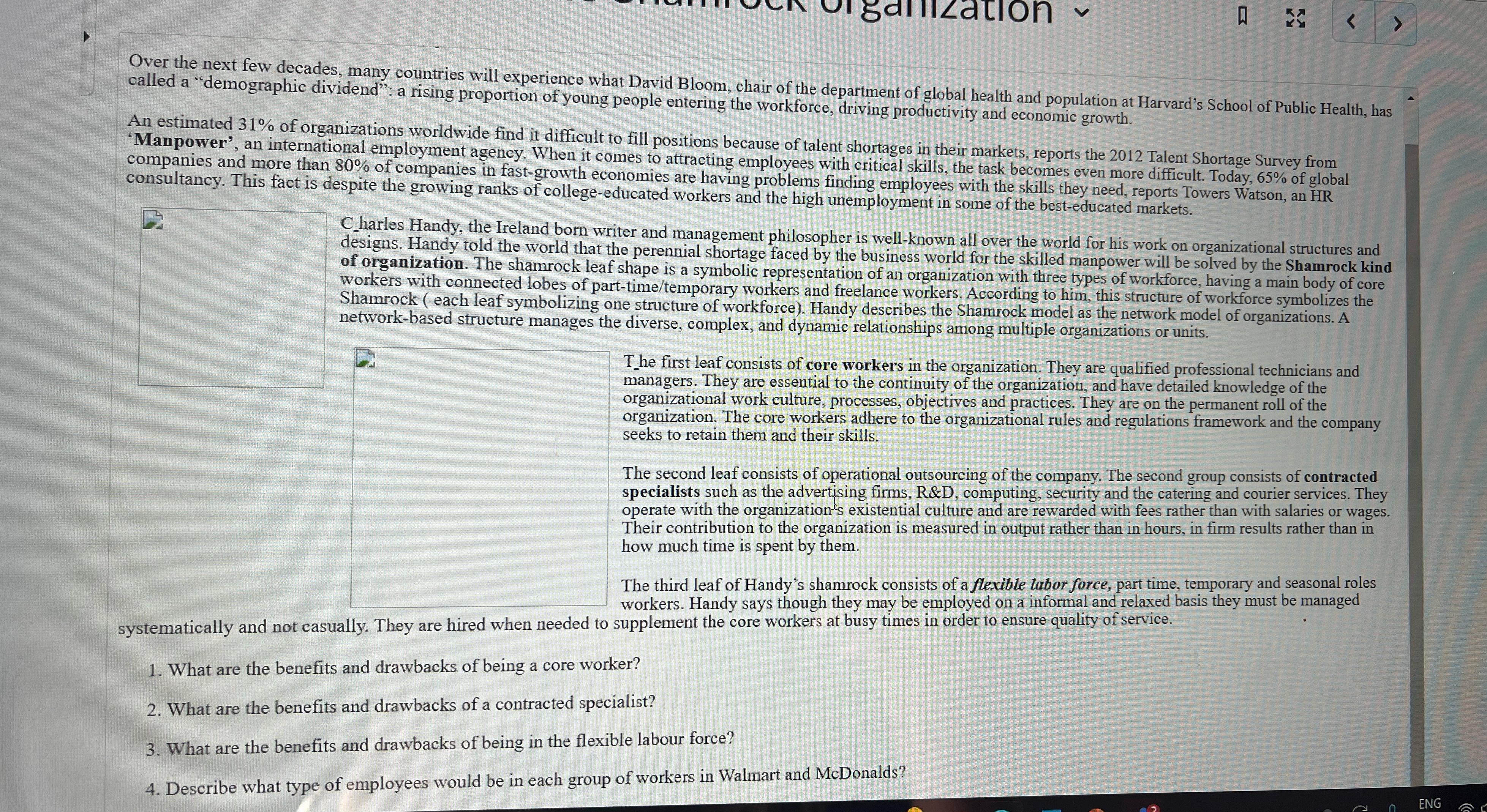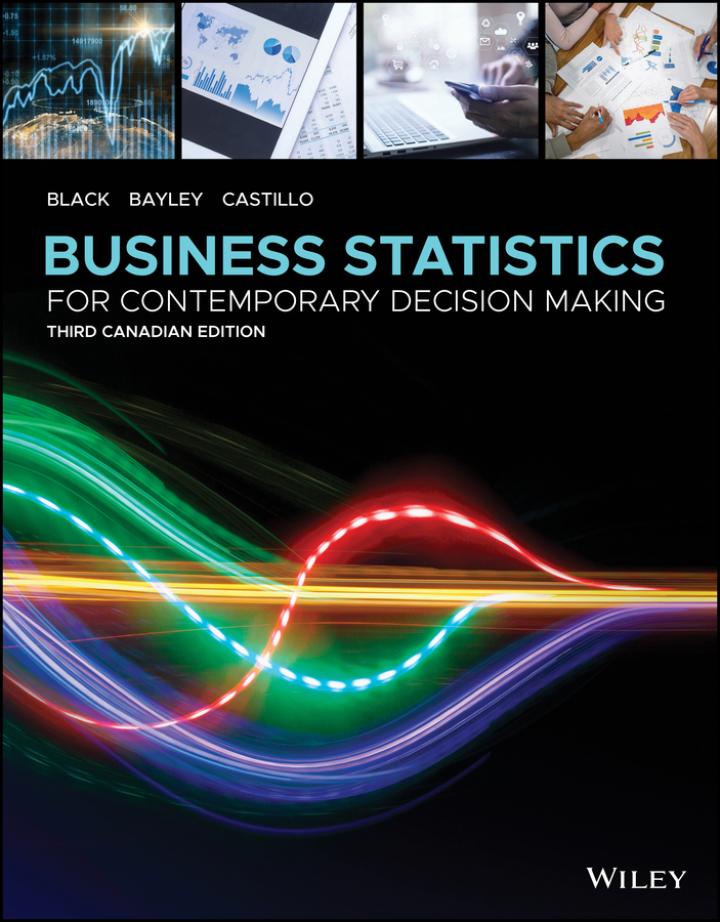Answered step by step
Verified Expert Solution
Question
1 Approved Answer
< > Over the next few decades, many countries will experience what David Bloom, chair of the department of global health and population at

< > Over the next few decades, many countries will experience what David Bloom, chair of the department of global health and population at Harvard's School of Public Health, has called a "demographic dividend": a rising proportion of young people entering the workforce, driving productivity and economic growth. An estimated 31% of organizations worldwide find it difficult to fill positions because of talent shortages in their markets, reports the 2012 Talent Shortage Survey from 'Manpower', an international employment agency. When it comes to attracting employees with critical skills, the task becomes even more difficult. Today, 65% of global companies and more than 80% of companies in fast-growth economies are having problems finding employees with the skills they need, reports Towers Watson, an HR consultancy. This fact is despite the growing ranks of college-educated workers and the high unemployment in some of the best-educated markets. Charles Handy, the Ireland born writer and management philosopher is well-known all over the world for his work on organizational structures and designs. Handy told the world that the perennial shortage faced by the business world for the skilled manpower will be solved by the Shamrock kind of organization. The shamrock leaf shape is a symbolic representation of an organization with three types of workforce, having a main body of core workers with connected lobes of part-time/temporary workers and freelance workers. According to him, this structure of workforce symbolizes the Shamrock (each leaf symbolizing one structure of workforce). Handy describes the Shamrock model as the network model of organizations. A network-based structure manages the diverse, complex, and dynamic relationships among multiple organizations or units. The first leaf consists of core workers in the organization. They are qualified professional technicians and managers. They are essential to the continuity of the organization, and have detailed knowledge of the organizational work culture, processes, objectives and practices. They are on the permanent roll of the organization. The core workers adhere to the organizational rules and regulations framework and the company seeks to retain them and their skills. The second leaf consists of operational outsourcing of the company. The second group consists of contracted specialists such as the advertising firms, R&D, computing, security and the catering and courier services. They operate with the organization's existential culture and are rewarded with fees rather than with salaries or wages. Their contribution to the organization is measured in output rather than in hours, in firm results rather than in how much time is spent by them. The third leaf of Handy's shamrock consists of a flexible labor force, part time, temporary and seasonal roles workers. Handy says though they may be employed on a informal and relaxed basis they must be managed systematically and not casually. They are hired when needed to supplement the core workers at busy times in order to ensure quality of service. 1. What are the benefits and drawbacks of being a core worker? 2. What are the benefits and drawbacks of a contracted specialist? 3. What are the benefits and drawbacks of being in the flexible labour force? 4. Describe what type of employees would be in each group of workers in Walmart and McDonalds? ENG
Step by Step Solution
There are 3 Steps involved in it
Step: 1

Get Instant Access to Expert-Tailored Solutions
See step-by-step solutions with expert insights and AI powered tools for academic success
Step: 2

Step: 3

Ace Your Homework with AI
Get the answers you need in no time with our AI-driven, step-by-step assistance
Get Started


